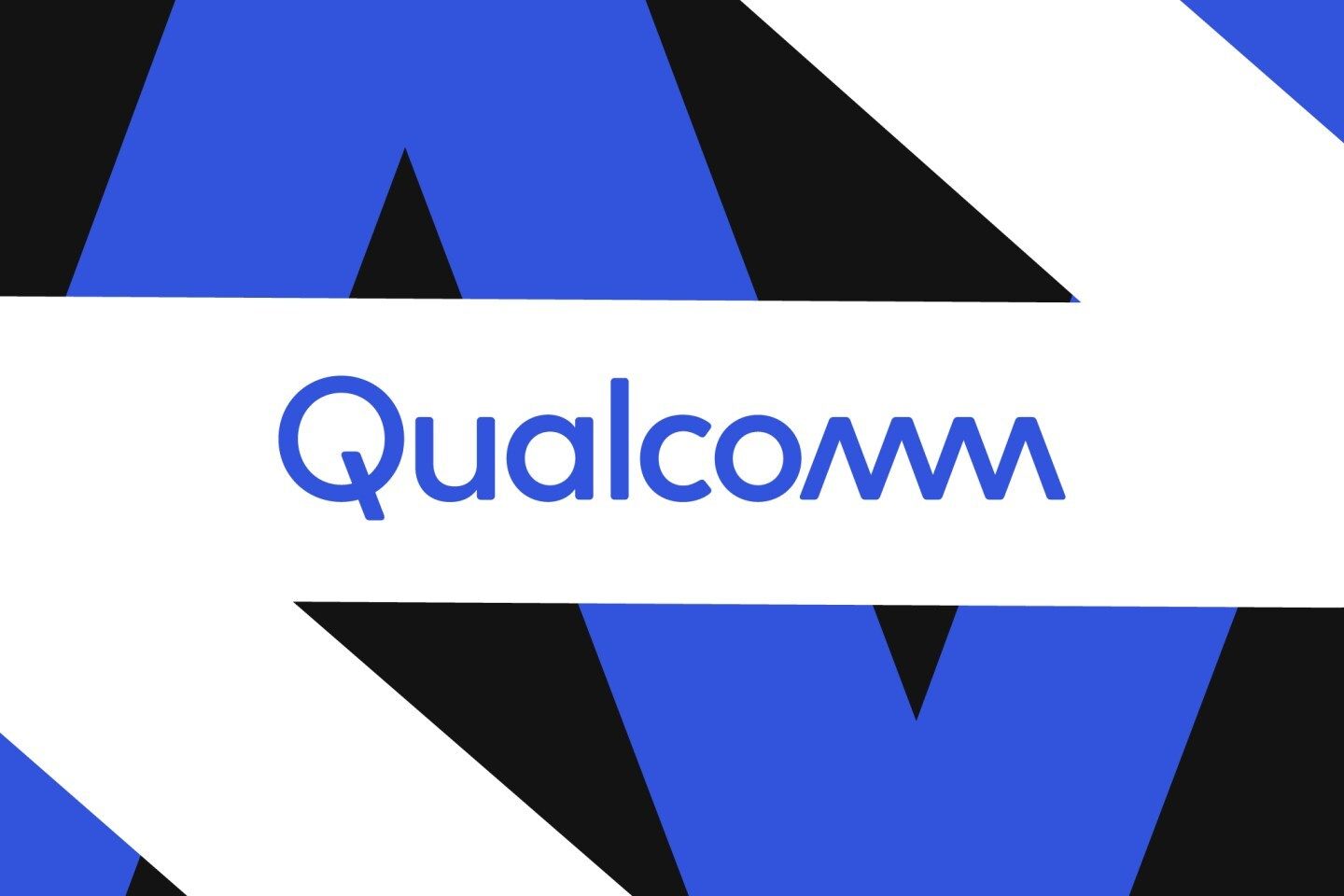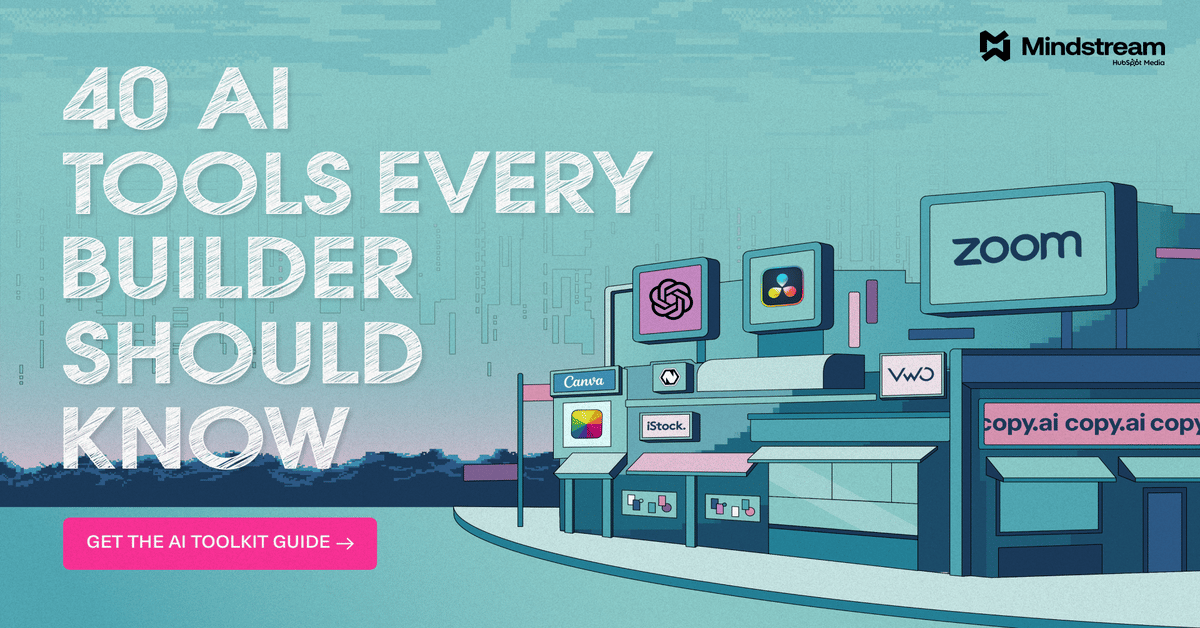
Welcome Automaters!
Something heavy just came out of OpenAI’s latest report — and let’s just say, it’s the kind of stat that’s hard to ignore and even harder to talk about.
It’s forcing a serious look at the emotional side of AI — and what happens when technology starts playing a role we never really expected it to.
Today, we’re breaking down what the data actually says, how OpenAI’s responding, and what it means for the future of human–AI relationships.
Here's what we have for you today
🤔 The Emotional Toll of AI: What OpenAI’s Latest Findings Say About ChatGPT Users

So… this one’s a gut punch.
OpenAI just revealed something that’s honestly hard to process: every single week, over a million people talk to ChatGPT about suicide. Not jokes. Not dark humor — real, explicit, “I’m planning to do this” conversations.
I mean, it’s the kind of stat that stops you mid-scroll.
Because for all the talk about AI changing work, creativity, and research — this is the side of AI we rarely talk about: the emotional one.
What OpenAI Found
Roughly 0.15% of ChatGPT’s 800 million weekly users engage in chats showing clear signs of suicidal thinking
Now, 0.15% sounds tiny — but scale it up, and you get a million human beings using an AI chatbot as their crisis line. And that’s just the ones who explicitly mention it.
The company also found that a similar slice of users show deep emotional attachment to ChatGPT — forming bonds, checking in daily, confiding everything. Plus, hundreds of thousands more show signs of psychosis or mania in their conversations.
OpenAI calls this “rare.” But when your user base is close to a billion, “rare” turns into millions of moments that are very, very real.
So… What’s OpenAI Doing About It?
Well, they’ve been working with over 170 mental health experts to upgrade how ChatGPT handles distressing topics.
Their newest model — GPT-5 — apparently performs way better in these moments.
According to OpenAI:
GPT-5 now gives what they call “desirable responses” about 65% more often than before.
In suicide-related conversations, it stayed within safety guidelines 91% of the time — up from 77%.
That’s a big jump in empathy and consistency — at least statistically.
They’ve also added:
New evaluation layers for emotional reliance
A parental control system that can auto-detect minors
And training to keep GPT-5 emotionally stable during long, heavy conversations — something earlier models weren’t great at.
But Here’s Where It Gets Messy
OpenAI’s currently being sued by the parents of a 16-year-old who reportedly shared suicidal thoughts with ChatGPT before taking his own life.
State attorneys general in California and Delaware are now warning the company about protecting minors and handling mental-health-related use responsibly.
And then — in a twist only Silicon Valley could deliver — Sam Altman turns around and says OpenAI’s relaxing content restrictions so adults can have erotic conversations with ChatGPT.
Like… maybe not the priority right now, Sam.
But yeah — this is the contradiction at the heart of AI today:
Tech companies want their chatbots to feel more human — more conversational, more emotionally aware — but the second that happens, people start treating them like humans.
They vent. They bond. They depend. And the AI can’t truly care back.
GPT-5 might be a safer listener than GPT-4, sure. But OpenAI still gives millions of users access to the older, less-safe models. And even the new one still produces “undesirable” answers sometimes.
So we’re left with this uneasy balance:
AI as emotional support vs. AI as emotional risk.
Because in a world where mental health care is expensive or inaccessible, people are turning to the one thing that’s always awake — a chatbot. And that's terrifying.
The Big Picture
AI isn’t just automating work — it’s automating empathy. It’s not only changing how we code or create — it’s changing how we cope.
And that’s something society hasn’t really prepared for.
If AI's going to play a role in people’s emotional lives — and if OpenAI and others keep rolling out newer, more capable models — then that emotional responsibility has to grow just as fast as the technology does.
Because if we’re building the future of intelligence, we can’t ignore the future of humanity that’s tied up in it.
You can learn more here.
Choose the Right AI Tools
With thousands of AI tools available, how do you know which ones are worth your money? Subscribe to Mindstream and get our expert guide comparing 40+ popular AI tools. Discover which free options rival paid versions and when upgrading is essential. Stop overspending on tools you don't need and find the perfect AI stack for your workflow.
🤖 Qualcomm Challenges Nvidia with New AI Chips Built on Smartphone Tech

Get this — Qualcomm, the company best known for the chip that makes your phone, laptops, and tablets, feel smart, just decided to take on Nvidia — aka the company printing money from AI GPUs right now.
They’re rolling out two new AI chips — the AI200 (coming next year) and the AI250 (set for 2027).
And here’s the twist: they’re built on cellphone tech. Literally.
These chips draw from the same Hexagon neural processor tech that powers AI features in phones and laptops. Except now, Qualcomm’s stacking up to 72 of those bad boys in a rack to act like one massive AI computer just like Nvidia and AMD’s GPUs.
So What Makes These Different?
Unlike Nvidia’s monster GPUs that train huge AI models, Qualcomm’s chips are designed for inference — aka the “doing” part of AI.
Basically, instead of teaching the AI, these chips let already-trained models do their thing — faster, cheaper, and way more efficiently.
The AI200 packs 768GB of RAM and is tuned for peak inference performance.
As for the AI250? Qualcomm says, it will deliver a “generational leap in efficiency.” In plain terms: it could significantly reduce power consumption — which matters especially with how AI servers are guzzling energy like there’s no tomorrow.
And here's a plot twist — Humain, an AI company backed by Saudi Arabia’s Public Investment Fund, already called dibs.
They’re planning to use these Qualcomm chips to build AI datacenters across Saudi Arabia.
So yeah, Qualcomm’s not just talking about entering the AI chip race — they’ve already got a partner and a pipeline.
The Big Picture:
If this works, it could seriously shake up the AI chip hierarchy.
Nvidia’s still king, sure — but Qualcomm’s playing the long game of smaller, cheaper, and way more efficient.
Because at the end of the day, if your AI can think just as fast using a chip made from phone parts, maybe raw power isn’t the future — maybe efficiency is.
Go look it up if that piques your curiosity.
🧱 Around The AI Block
👗 Pinterest experiments with new AI-powered personalized boards.
🤦♂️ Sora shows us how broken deepfake detection is.
👩💻 Google AI Studio introduces new vibe coding experience.
🗣️ Eric Yuan predicts a shorter workweek future due to AI.
🤑 Fitbit’s revamped app, with Gemini-powered health coach, rolls out to Premium users.
🤝 AMD, Department of Energy announce $1 billion AI supercomputer partnership.
🤯 Oxford spinout RADiCAIT uses AI to make diagnostic imaging more affordable and accessible
🖼️ A new AI app that fakes summer vacation photos is out.
🛠️ Trending Tools
Lucent Chat generates videos, images, and campaign content in real time
okkslides turns rough notes, data, or half-baked ideas into polished PowerPoint decks.
Radiant is your Mac-only AI personal assistant that attends meetings, captures discussions and automatically executes next steps across your work tools.
SitePaige is a new AI web developer that builds complete websites with frontend, backend, database, and APIs from natural language descriptions.
Aimy Ads handles the tedious work of running paid ad campaigns across Google, Meta, TikTok, X, and other channels.
🤖 Google Gems Spotlight: Career Guide Gem
Every career path needs a map — and Career Guide Gem is basically your AI-powered GPS for success.
It helps you build a personalized roadmap for your goals, refine your skills, and take confident, strategic steps toward the future you want. Whether you’re a student figuring out your next move or a professional ready to level up, this Gem’s got your back.
✨ Why it’s awesome:
Personalized planning: No cookie-cutter advice here. It creates a plan that fits you — your interests, experience, and ambitions.
Skill development: Highlights the skills you’ll need to level up for the role or industry you’re eyeing and suggests fast ways to grow them.
Future-focused: Keeps you on track with step-by-step actions toward long-term career success.
💡 How to use it:
Describe where you are in your career journey — whether you’re starting out, pivoting, or chasing that next promotion — and share your interests, background, and target goals.
The Gem will:
Map out your next moves
Suggest learning paths
Recommend skill-building strategies
You can even ask it for course recommendations, networking tips, or a timeline to keep your momentum strong.
⚡ Prompts to try:
“Help me map out a career path from marketing associate to marketing director.”
“What steps should I take to become a senior software engineer?”
“Suggest a one-year growth plan for someone in digital marketing.”
“I’m a college student studying computer science — what steps should I take to get into AI research?”
“Plan my next 12 months to grow into a leadership role.”Upgrade now to see this whole month’s prompt videos and more, or buy TODAY’S WOD for just $1.99
Is this your AI Workout of the Week (WoW)? Cast your vote!
That's all we've got for you today.
Did you like today's content? We'd love to hear from you! Please share your thoughts on our content below👇
What'd you think of today's email?
Your feedback means a lot to us and helps improve the quality of our newsletter.
🚀 Want your daily AI workout?
Premium members get daily video prompts, premium newsletter, an no-ad experience - and more!
🔓 Unlock Full AccessPremium members get::
- 👨🏻🏫 A 30% discount on the AI Education Library (a $600 value - and counting!)
- 📽️ Get the daily AI WoD (a $29.99 value!)
- ✅ Priority help with AI Troubleshooter
- ✅ Thursday premium newsletter
- ✅ No ad experience
- ✅ and more....



